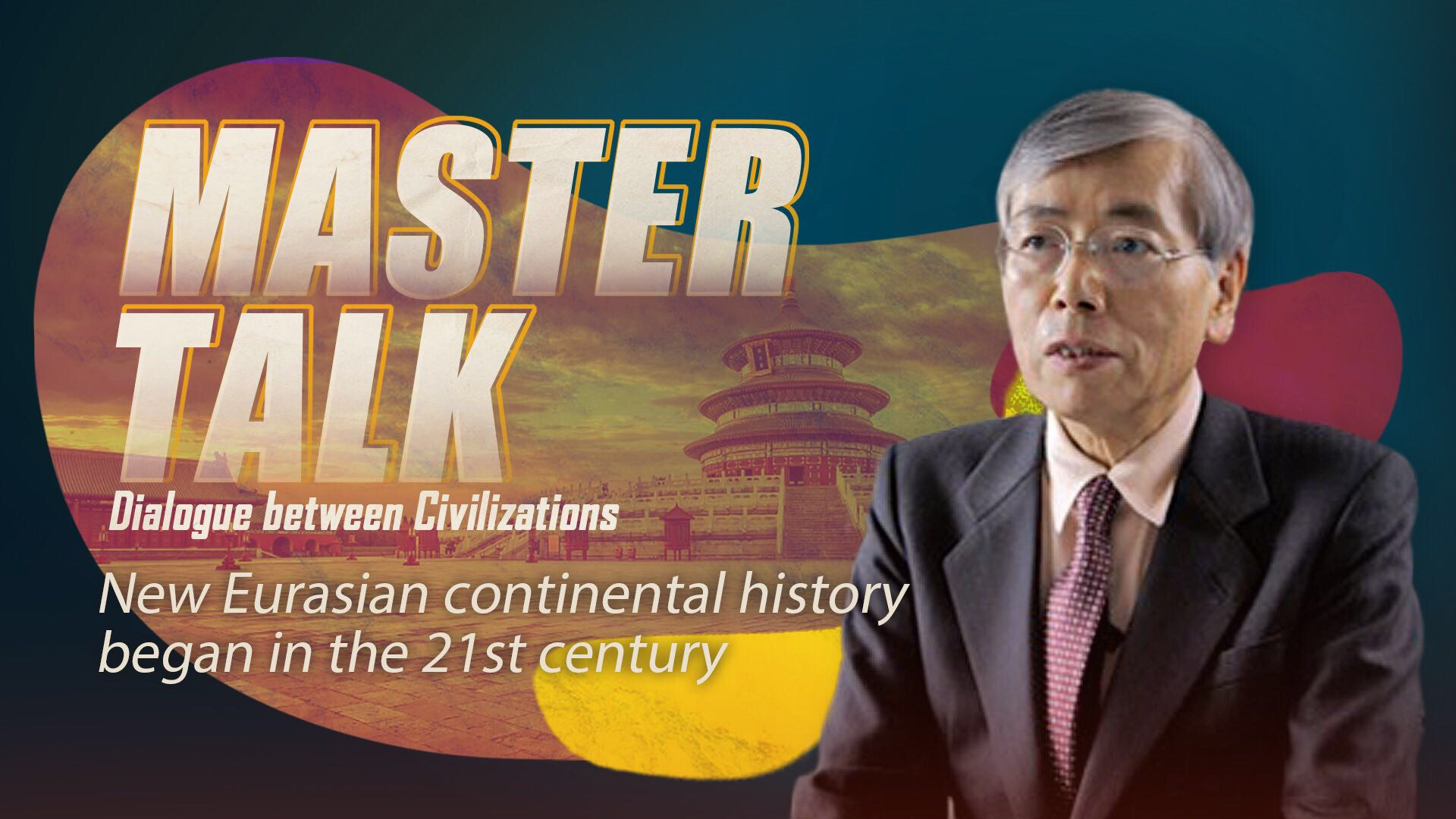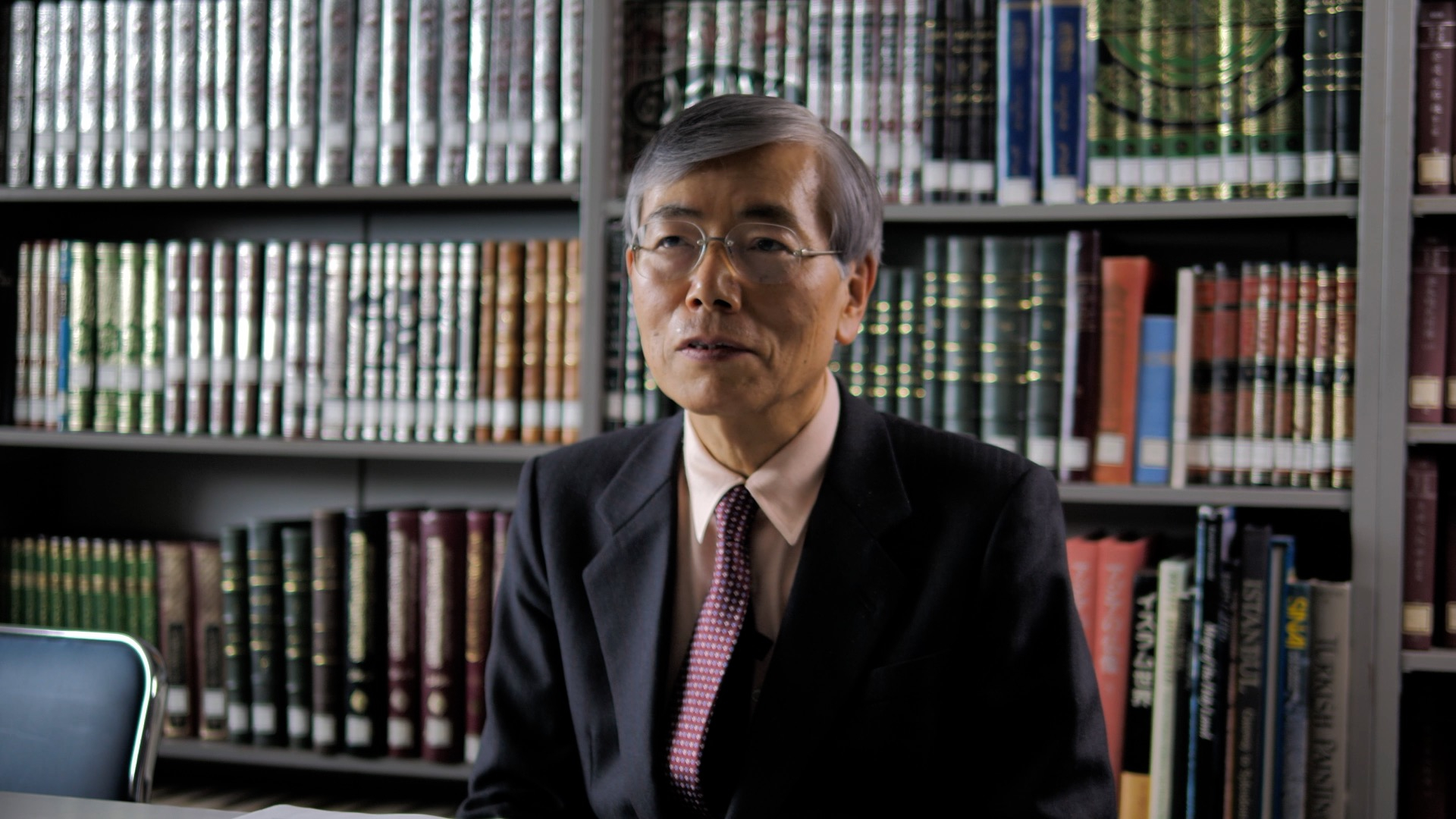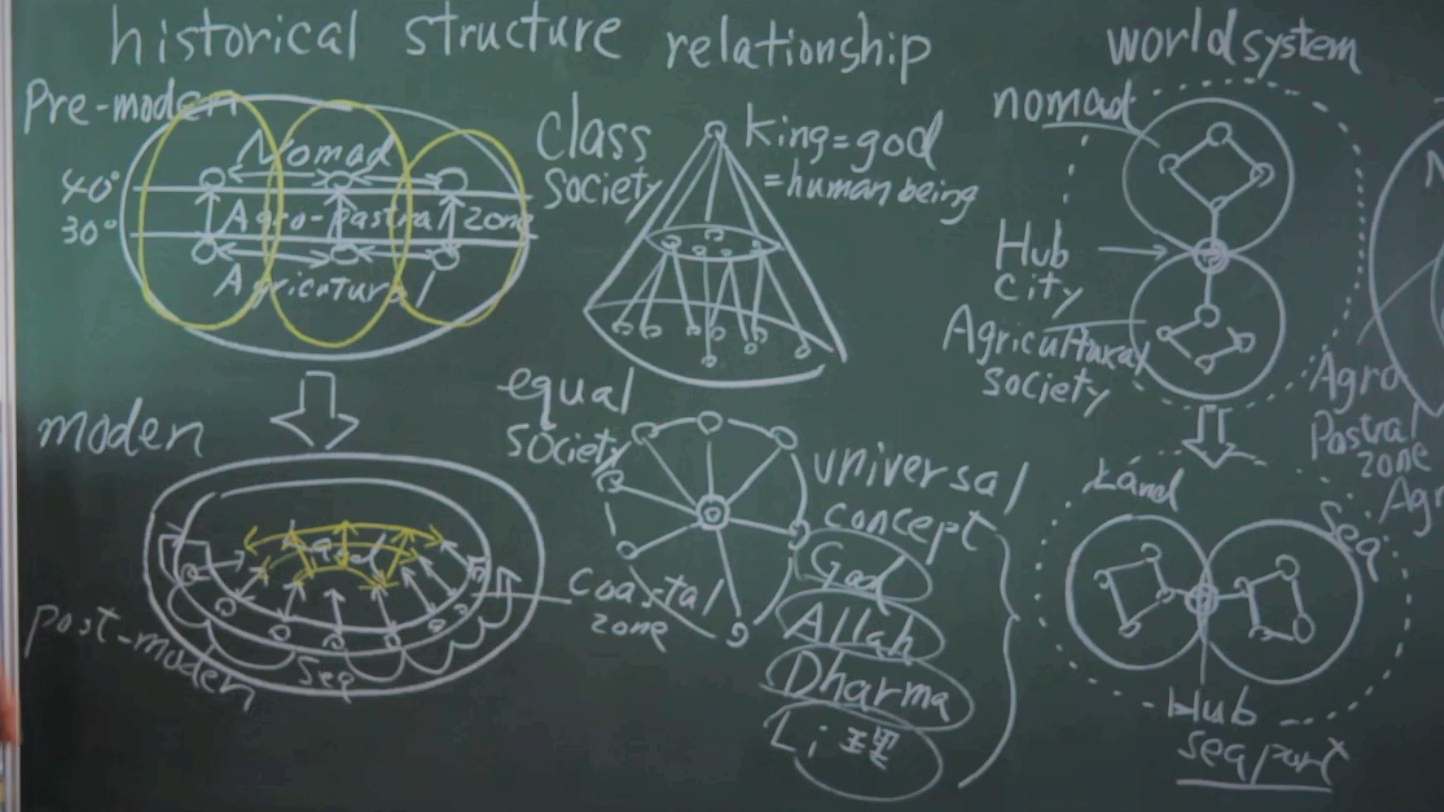
Opinion
20:39, 24-May-2019
Japanese historian: World witnessing a revival of new Eurasian era
Abhishek G Bhaya
04:11

Editor's note: This is the sixth in the series of "MASTER TALK" interviews produced by CGTN Digital timed with the "Conference on Dialogue of Asian Civilizations" in Beijing.
The difference between the West and East is artificial as all civilizations have much more in common than their perceived differences, Japanese historian Tatsuhiko Seo told CGTN Digital, while emphasizing that history has come full circle with the world witnessing a revival of a new Eurasian continental era.
"[While] Asian civilizations have some common characteristics of course, but I think the difference between the West and the East is not so big… Human history is common everywhere, including the East and the West," said Seo, a professor at Tokyo-based Chuo University's Faculty of Literature.
The Japanese historian narrated his own life experience to highlight how he discovered the similarities between various "cultures," a term that he preferred over "civilizations."
"So, while it is very usual to talk about Chinese civilization or Persian civilization or European civilization but the term for Japanese civilization, Korean civilization or Mongolian civilization isn't used that frequently," he noted. "So, I think the term culture is a better word to understand each other," he reasoned.
Cultural street from East to West
Growing up in Japan, Seo said he had no clue about other cultures till he set out to explore different lands during his college years. He spoke fondly of the two journeys that changed the course of his life and nudged him towards studying the history and culture of the Eurasian continent.
"In 1975-76 at an age of 21 I traveled to India, Pakistan, Afghanistan, Iran, Turkey and Europe. I met many different people and ate different food. I also enjoyed different music. I experienced much peace and harmony," he said.
"All through that journey, I noticed how in my conversations with people in these different countries we ended up discussing similar concepts and universal values. I soon found out that people in the Eurasian continent are very similar to each other and believe in similar values," he added.
02:09

Having got interested thus in the common cultures of Eurasia, Seo traveled to the Chinese city of Xi'an in the 1980s to pursue higher studies. He traveled across north and south China seeking information about the history of the Silk Road, and the history of trade and commerce between the East and West.
"China is very important to understand the medieval history. As I studied the history of China, I realized that the agro-pastoral zone between the northern and southern parts [of the Eurasian continent] is like a very long cultural street from East China to the Mediterranean," noted the historian, who has authored several books on China, Japan and Eurasia.
"I also found out that the history of north China is very similar to north India. Also, Pakistan, Afghanistan, Iran, and Turkey and the eastern part of Europe are very similar to each other because there are nomadic and agricultural areas, complimenting each other," he remarked.
Historical structure of Eurasia
Seo further explained the historical structure of Eurasia, which he divided into three zones – the Nomadic North, the Agricultural South and the Agro-Pastoral zone in between – drawing them out in an impromptu diagram on a chalkboard as he would do in a classroom.
"As trade and commerce between the nomads and agricultural society took place in the agro-pastoral zone, this is where most cities and villages were located," he pointed out.
The Japanese historian counted Xi'an along with Delhi (India), Kabul (Afghanistan), Tehran (Iran), Istanbul (Turkey) and Bucharest (Romania) among the major historic capitals of the Eurasian continent. He added that the Japanese cities of Nara and Kyoto could be described as the eastern end of Silk Road.
"It was very easy to communicate with each other on the same latitude and the different latitude [through] simple human communication system in pre-modern times," he said, adding that the modern times changed that equation.
"In the modern world, land and sea are very important. So, coastal zones are very important for trade and commerce. The sea routes are also very important for transportation today while in pre-modern times, inland trade was very important," the professor elucidated.
Eurasian revival on the cards?

A snapshot of the diagrams from Professor Tatsuhiko Seo's presentation on the structure and history of Eurasian continent. /CGTN Photo
A snapshot of the diagrams from Professor Tatsuhiko Seo's presentation on the structure and history of Eurasian continent. /CGTN Photo
The emergence of "hub cities" took civilizational exchanges to the next level, according to Seo.
"Two communities, two different civilizations are connected in the hub cities. This is the modern world system," he said, adding that this structure of cities connecting with each other is common across the Eurasian history.
"China had four major historical hub cities – Chang'an, Luoyang, Beijing and Nanjing. The transportation between the hub cities has been always important, but in modern times there has been a thrust on connection the inland networks with the coastal zone," the historian noted.
"We can understand the human history in the Eurasian continent based on the Chinese history. Chinese history is very simple and understandable for human history," Seo said
"China is a big country, a big civilization and it includes everything, nomads and agriculture, land and sea. The transformation of hub cities is very clear in history. So we can make one model of human history according to Chinese history," he added.
Rounding up his presentation, the Japanese historian said the Eurasian continent has been witnessing a revival in recent times, particularly with several connectivity projects under the China-proposed Belt and Road Initiative aimed at linking the historical hub cities.
"So our history began in agro-pastoral zone, and transformed from agro-pastoral zone to the coastal zone. In 21st Century, we can see a new phase of the Eurasian continent's history. As India and China reverse in history, it's the first time maybe that the sea route and the inland route are connected to each other," he remarked.
"So I think in the 21st Century, we can too experience the same history and Eurasian continental era," he concluded.
Author: Abhishek G Bhaya
Videographer: Derek Allen Hammer
Video Editor: Wang Baozhu, Ge Kai
Animator: Pan Yufei
Producer: Wen Yaru
Chief Editor: Lin Dongwei
Supervisor: Pang Xinhua
Also, watch and read the other interviews in the "MASTER TALK" series here:

SITEMAP
Copyright © 2018 CGTN. Beijing ICP prepared NO.16065310-3
Copyright © 2018 CGTN. Beijing ICP prepared NO.16065310-3